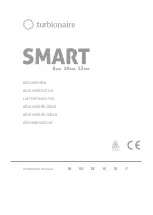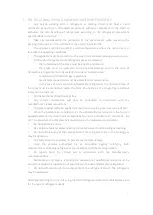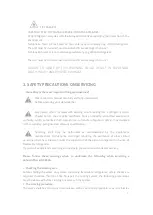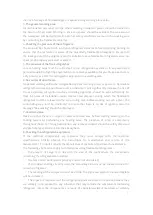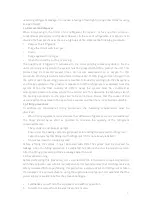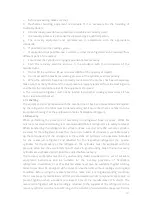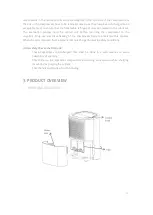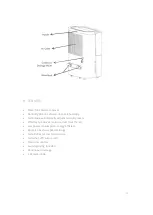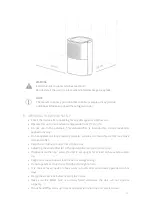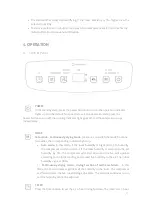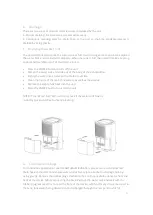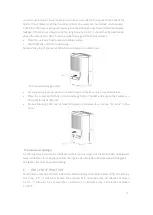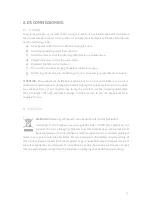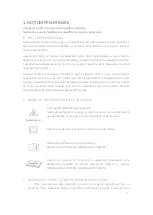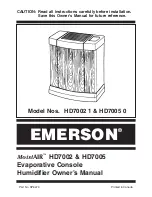
9
detecting refrigerant leakage. Do not use a halogen flash light (or any other detector using
an open flame).
14. Removal and disposal
When intervening in the circuit of the refrigerant for repairs - or for any other purpose -
conventional procedures will be used. However, in the case of refrigerants, it is important to
observe the best practices as there is a high risk of fire. Observe the following procedure:
• Remove the refrigerant;
• Purge the circuit with inert gas;
• Drain;
• Purge again with inert gas;
• Open the circuit by cutting or brazing.
The quantity of refrigerant is recovered in the corresponding recovery cylinders. For the
units containing refrigerants, the system must be purged with OFN to protect the unit. This
process may be repeated several times. Do not use compressed air or oxygen for this
procedure. Washing is performed by forced introduction of OFN (oxygen-free nitrogen) into
the system until the working pressure is reached, followed by venting into the atmosphere
and finally aspiration. This process is repeated until the refrigerant is evacuated from the
system. When the final quantity of OFN is used, the system must be ventilated at
atmospheric pressure to allow works to be carried out. This operation is absolutely vital if
the brazing operations on the pipes are to be carried out. Ensure that the socket of the
vacuum pump is not close to the open flame sources and that there is ventilation available.
15. Filling procedures
In addition to conventional filling procedures, the following requirements must be
observed:
- When filling equipment is used ensure that different refrigerants are not contaminated.
The hoses should be as short as possible to minimize the quantity of the refrigerant
contained therein.
- The cylinders must be kept upright.
- Ensure that the cooling system is grounded before filling the system with refrigerant.
- Label the system after filling it with refrigerant (if it is not already labelled).
- Do not overload the cooling system.
Before refilling the system, it must be tested with OFN. The system must be checked for
leakage when the filling procedure is completed but before the unit is placed in service.
After the filling procedure, perform a leakage detection test.
16. Decommissioning
Before performing this procedure, it is essential that the technician is completely familiar
with the equipment and with all its components. It is recommended that all refrigerants are
safely recovered. Before performing this procedure, a sample of oil and refrigerant is taken
if an analysis is required before re-using the regenerated refrigerant. It is essential that the
power supply is available before the procedure begins.
a. Familiarize yourself with the equipment and with its operation.
b. Insulate the system from the electrical point of view.

